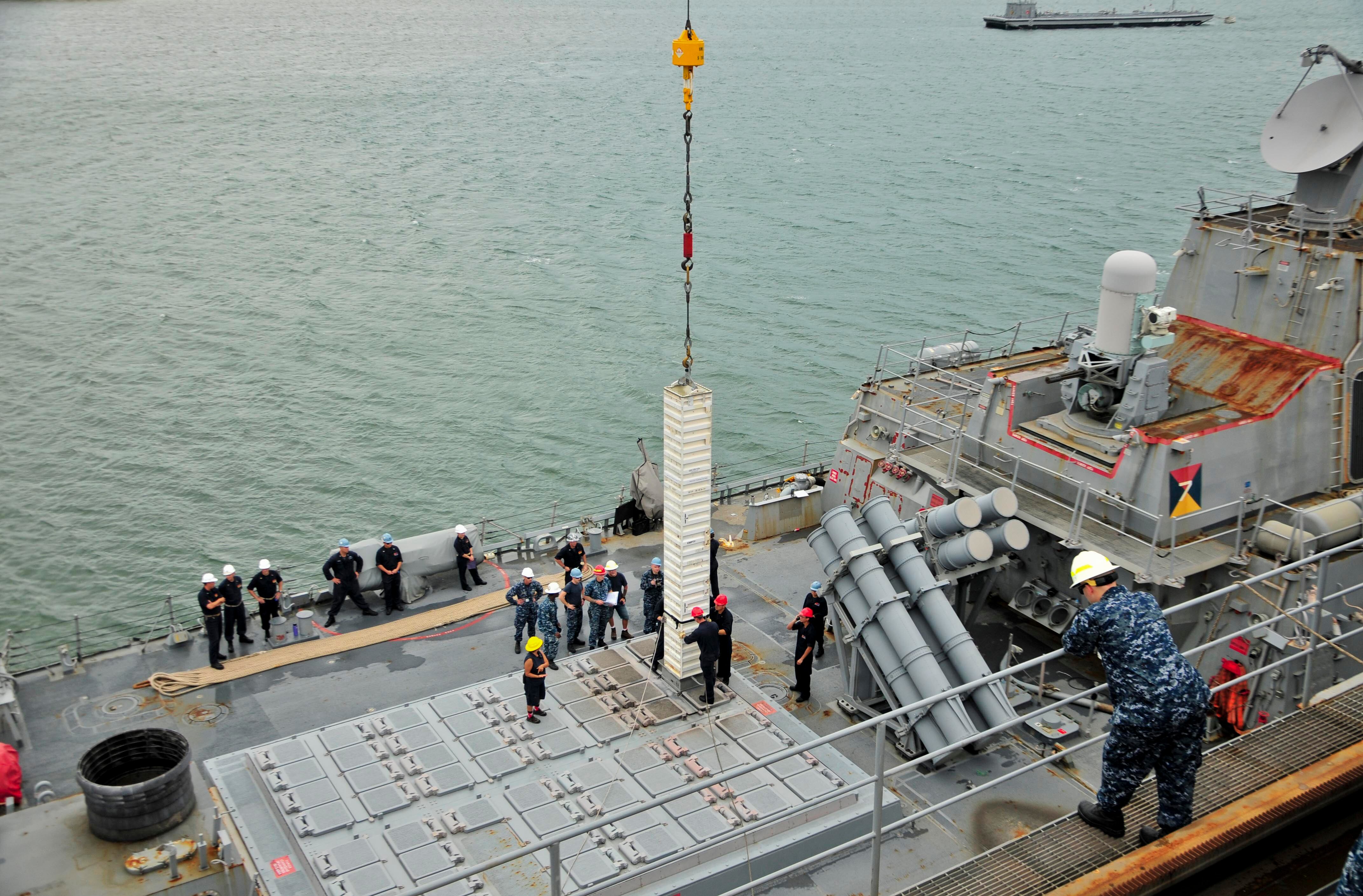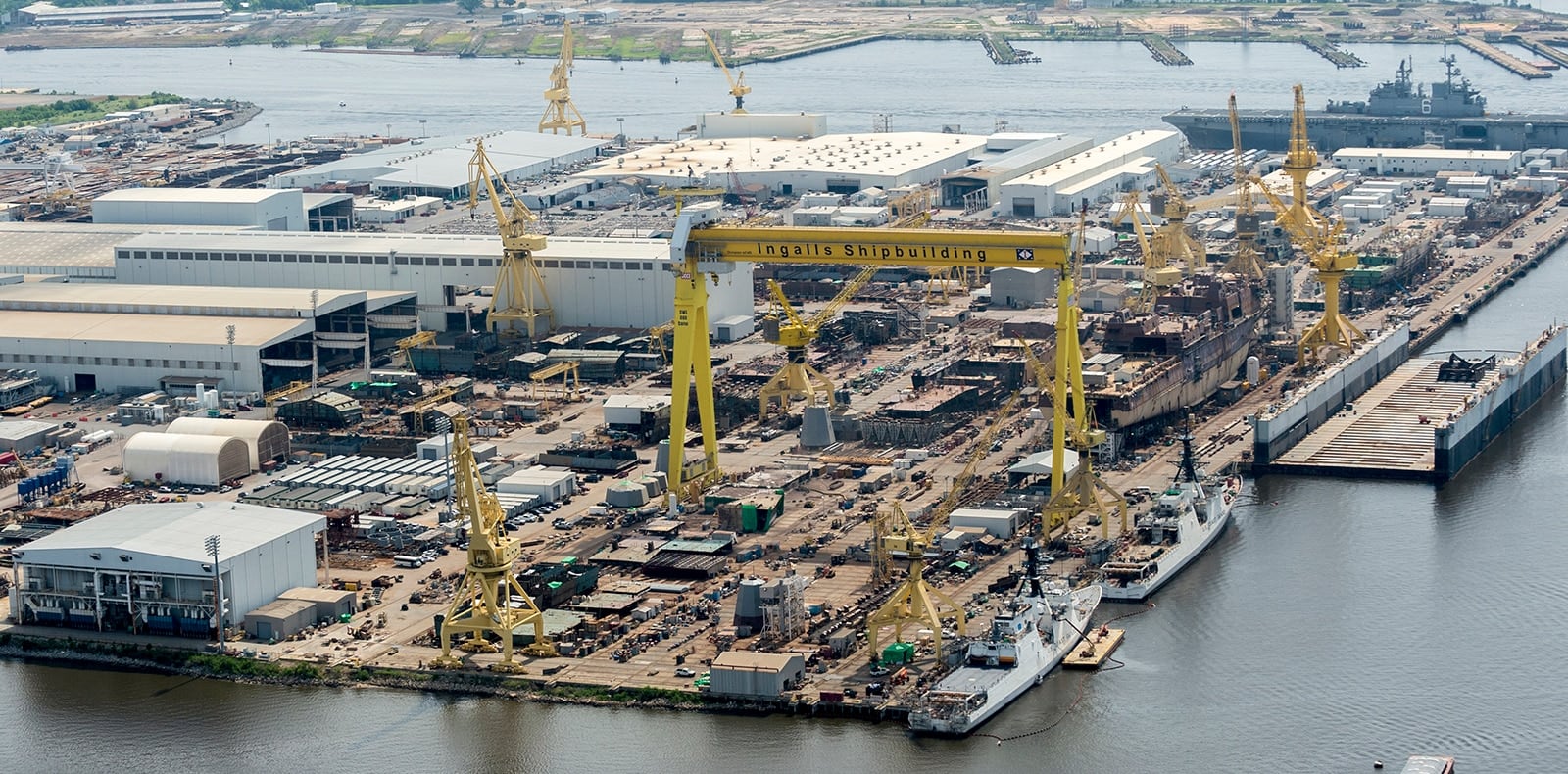WASHINGTON — With the U.S. Navy attempting to keep its surface combatants such as the Arleigh Burke-class destroyers for 40-45 years each, sailors and maintainers must do everything they can to keep corrosion under control, one of the service’s senior-most engineering duty officers told attendees of the annual American Society of Naval Engineers’ Technology, Systems and Ships conference on June 20.
Vice Adm. Thomas Moore, the head of Naval Sea Systems Command, said the fleet spends billions to keep corrosion under control and that all levels of maintenance must make that a priority.
“Corrosion is one of the big things if we want to keep the ships around for 40-45 years; we have to do what is necessary on the corrosion side of things,” Moore said. “I don’t have the exact numbers, but we are spending $10 billion on our ship depot maintenance. And I’m guessing that several billion of that is corrosion-related, so it’s a significant portion of the budget.
“We have to stay on top of it. We have to be willing to do the work necessary to limit corrosion on the ship. And it’s not just at the depot. It’s in intermediate maintenance and its with ship’s force. We have to recognize that this is a law-of-physics thing and stay on top of it.”
RELATED

Moore’s comments were in response to a question from an attendee who cited a number of pictures that have surfaced in recent years of surface combatants looking worse for wear with an abundance of running rust, something the Navy has traditionally tried to tackle. The images have led to naval observers questioning whether the Navy allows its ships to fall into disrepair amid plans to keep them active longer than the hulls were designed for.
Explanations for the proliferation of running rust range from low manning on surface ships to over-tasking to environmental regulations that make it more difficult to remove paint. But, Moore said, it’s imperative sailors stay on top of rust to prevent its spread.
“A lot of times, [regarding] the amount of corrosion on the ship, there is a direct relationship between that and the … commanding officer’s ability, willingness to get after it on a regular basis,” Moore said. “I think its going to take a concerted effort at all levels — the ship’s force, the intermediate level and then at the depot level — for us to stay after it.”
Corrosion on the Arleigh Burke-class destroyers has been an issue in the past, and likely remains one. A 2009 secretary of the Navy brief on surface-ship maintenance cited a 400 percent increase in corrosion control jobs for Burkes between 2003 and 2009. The average age of the Burkes in 2009 was 14 years old. The Burkes in particular will be vital to maintain because the Navy is counting on getting 40-45 years of hull life out of them to get to the required fleet size of 355 ships in the 2030s.
RELATED

In a commentary that ran in Defense News’ naval warfare newsletter The Drift, a retired naval officer and pseudonymous Navy commentator Cmdr. Salamander recently tied the surface fleet’s mission to show the flag overseas to physical appearance.
“To the citizens of its nation, the condition and performance of their navy does two things; first it shows that the navy is a good steward of taxpayers’ investment, and second it gives them piece of mind that if their navy sorties forward to defend the nation, odds are they are trained, manned, and equipped to do so,” Salamander wrote.
“Likewise, no coastal nation will be impressed with an ally or a competitor who huffs and puffs about the power of its navy, and then it shows up off the coast looking like a discarded ’58 Buick with a tree growing out of the wheel well.”
David B. Larter was the naval warfare reporter for Defense News.








